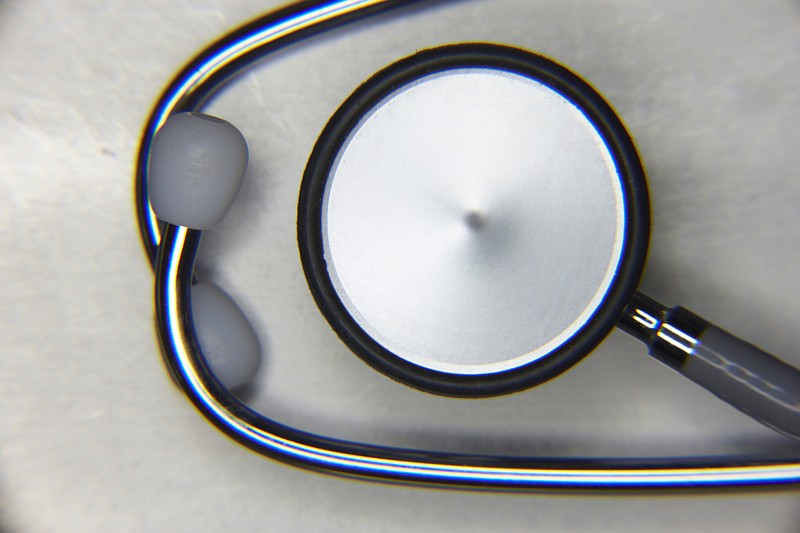Q: Is there any way for me to bring down the cost of my insulin? It's really gotten out of control and I'm on a fixed income.-Jenny F., Tampa, Florida
A: The short answer is maybe. The cost of insulin in the U.S. has tripled from 2002 to 2013, and a lot of the blame rests with middle-level distributors, not just Big Pharma.
There are patient assist programs (PAPs) from insulin-producing pharmaceutical companies like Lilly and Novo Nordisk that are worthwhile, but you have to take the initiative, and not everyone qualifies. You can access these from each company's website.
Also, check out the Partnership for Patient Assistance at www.pparx.org. It says it "helps patients without prescription drug coverage get the medicines they need for free or nearly free." You can apply to hundreds of private and public assistance programs at once. The Center for Primary Care and Prevention at Memorial Hospital of Rhode Island offers a very helpful database of PPAs at www.RxAssist.org. The American Diabetes Association also can help, as can JDRF (Juvenile Diabetes Research Foundation) and others.
You also might outsource your insulin: Prices for insulin are lower in other countries such as Canada, but if you order from them, they may not have the formulation you require. Check with your doctor.
See about changing insulins: Ask your doc if you can use a synthetic human insulin like Humulin R and Novolin 70/30. Although 85 percent of U.S. prescriptions are for analog insulins like Lantus, Novolog or Humalog, these are often 10 or more times more expensive than the synthetic human insulins.
Q: I hear that sunscreens damage coral reefs. Are we supposed to not go into the ocean if we apply sunscreen at the beach? Or should we just skip sunscreen all together?-Karl D., Houston
A: Anytime you go to the beach or spend any time outside (remember you can get a bad burn on the slopes!) you should apply sunscreen that contains micronized zinc oxide and/or titanium dioxide. You want to avoid sunscreens with octocrylene and oxybenzone. The Environmental Working Group also advises against 4MBC, butylparaben and octinoxate. (Octocrylene shows up in hair products and cosmetics, too.)
Hawaii's ban on those chemical sunscreens takes effect in 2021 and, most recently, Key West instituted a ban as well. The small Pacific island of Palau banned all those chemicals and more in sunscreens under their Responsible Tourism Education Act of 2018 and will fine people $1,000 per violation starting in 2020.
What's the issue? Over time, those chemicals build up on coral (remember these are living animals) and disrupt the mitochondria in their cells. Those are the little engines in every cell that power respiration and energy production. Abnormal fatty acid metabolism is another type of mitochondrial dysfunction; it's related specifically to octocrylene-and scientists now believe the effects of octocrylene on coral have been vastly underestimated.

